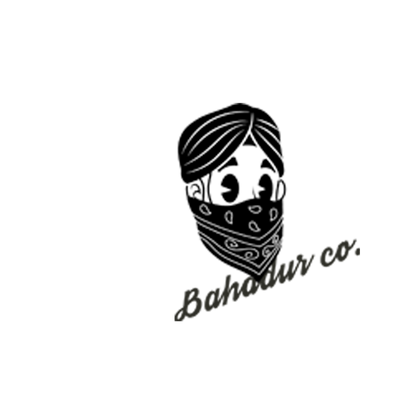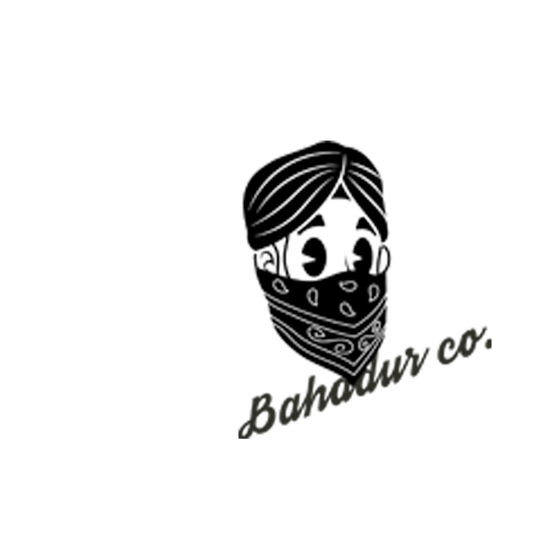The Punjabi Language

unjabi (/pʌnˈdʒɑːbi/;[5] Gurmukhi: ਪੰਜਾਬੀ pãjābī; Shahmukhi: پنجابی paṉjābī)[6] is an Indo-Aryan language spoken by over 100 million native speakers worldwide, ranking as the 10th most widely spoken language (2015) in the world. It is the native language of the Punjabi people, who associate with the historical Punjab region of India and Pakistan. Among Indo-European languages, it is unusual due to the use of lexical tone.[9][10][11]
Punjabi is the most common native language in Pakistan, the 11th most widely spoken in India, and the third most-spoken native language in the Indian Subcontinent. Punjabi is the fifth most-spoken native language (after English, French, Mandarin and Cantonese) in Canada. It also has a significant presence in the United Arab Emirates, United States, United Kingdom, Australia, New Zealand, Italy, & Netherlands. The Punjab is one of the relatively few regions in the world with a situation of digraphia; Punjabi is written in both the Shahmukhi and the Gurmukhi scripts; the former mainly by Muslims, the latter mainly by Sikhs and Hindus.
Punjabi developed from Sanskrit through Prakrit languages and later Apabhraṃśa (Sanskrit: अपभ्रंश; corruption or corrupted speech)[14] From 600 BC Sanskrit gave birth to many regional languages in different parts of India. All these languages are called Prakrit (Sanskrit: प्राकृत prākṛta) collectively. Shauraseni Prakrit was one of these Prakrit languages, which was spoken in north and north-western India and Punjabi and western dialects of Hindi developed from this Prakrit. Later in northern India Shauraseni Prakrit gave rise to Shauraseni Aparbhsha, a descendent of Prakrit. Punjabi emerged as an Apabhramsha, a degenerated form of Prakrit, in the 7th century A.D. and became stable by the 10th century. By the 10th century, many Nath poets were associated with earlier Punjabi works.
| Part of a series on the |
| Punjabis |
|---|
|
Punjab portal |
Punjabi (/pʌnˈdʒɑːbi/;[5] Gurmukhi: ਪੰਜਾਬੀ pãjābī; Shahmukhi: پنجابی paṉjābī)[6] is an Indo-Aryan language spoken by over 100 million native speakers worldwide, ranking as the 10th most widely spoken language (2015)[7][8] in the world. It is the native language of the Punjabi people, who associate with the historical Punjab region of India and Pakistan. Among Indo-European languages, it is unusual due to the use of lexical tone.[9][10][11]
Punjabi is the most common native language in Pakistan,[12] the 11th most widely spoken in India, and the third most-spoken native language in the Indian Subcontinent. Punjabi is the fifth most-spoken native language (after English, French, Mandarin and Cantonese) in Canada. It also has a significant presence in the United Arab Emirates, United States, United Kingdom, Australia, New Zealand, Italy, & Netherlands. The Punjab is one of the relatively few regions in the world with a situation of digraphia; Punjabi is written in both the Shahmukhi and the Gurmukhi scripts; the former mainly by Muslims, the latter mainly by Sikhs and Hindus.
- 1History
- 2Geographic distribution
- 3Official status
- 4Major dialects
- 5Phonology
- 6Grammar
- 7Writing systems
- 8Sample text
- 9Literature development
- 10In Pakistan
- 11In India
- 12Institutes working for Punjabi
- 13Governmental academies and institutes
- 14Software
- 15Gallery
- 16See also
- 17Notes
- 18References
- 19Further reading
- 20External links
History
Etymology
The word Punjabi has been derived from the word Panj-āb, Persian for "Five Waters", referring to the five major eastern tributaries of the Indus River. The name of the region was introduced by the Turko-Persian conquerors[13] of South Asia. Panj is cognate with Sanskrit पञ्च (pañca) and Greek πέντε (pénte) "five", and "āb" is cognate with Sanskrit अप् (áp) and with the Av- of Avon. The historical Punjab region, now divided between India and Pakistan, is defined physiographically by the Indus River and these five tributaries. One of the five, the Beas River, is a tributary of another, the Sutlej.
Origin

Punjabi developed from Sanskrit through Prakrit languages and later Apabhraṃśa (Sanskrit: अपभ्रंश; corruption or corrupted speech)[14] From 600 BC Sanskrit gave birth to many regional languages in different parts of India. All these languages are called Prakrit (Sanskrit: प्राकृत prākṛta) collectively. Shauraseni Prakrit was one of these Prakrit languages, which was spoken in north and north-western India and Punjabi and western dialects of Hindi developed from this Prakrit. Later in northern India Shauraseni Prakrit gave rise to Shauraseni Aparbhsha, a descendent of Prakrit. Punjabi emerged as an Apabhramsha, a degenerated form of Prakrit, in the 7th century A.D. and became stable by the 10th century. By the 10th century, many Nath poets were associated with earlier Punjabi works.[15][16][16][17][17]
Arabic and Persian influence on Punjabi
Arabic and Persian influence in the historical Punjab region began with the late first millennium Muslim conquests on the Indian subcontinent.[18] The Persian language was introduced in the subcontinent a few centuries later by various Persianized Central Asian Turkic and Afghan dynasties including that of Mahmud of Ghazni. Many Persian and Arabic words were incorporated in Punjabi.[19] Punjabi has more Persian and Arabic vocabulary than Bengali, Marathi, and Gujarati due to the proximity of the Punjab with western Asia.[20] It is noteworthy that the Hindustani language divided into Hindi, with more Sanskritisation, and Urdu, with more Persianisation, but in Punjabi both Sanskrit and Persian words are used with a liberal approach to language. Later, it was influenced by Portuguese and English, though these influences have been minor in comparison to Persian and Arabic. However, in India, English words in the official language are more widespread than Hindi.[21]
2 Responses
duckjoido
Prednisone Over Counter REUSSY [url=https://bansocialism.com/]buy cialis online united states[/url] altelacryday Generic Viagra Mail Order






duckjoido
May 13, 2021
kamagra and the fda